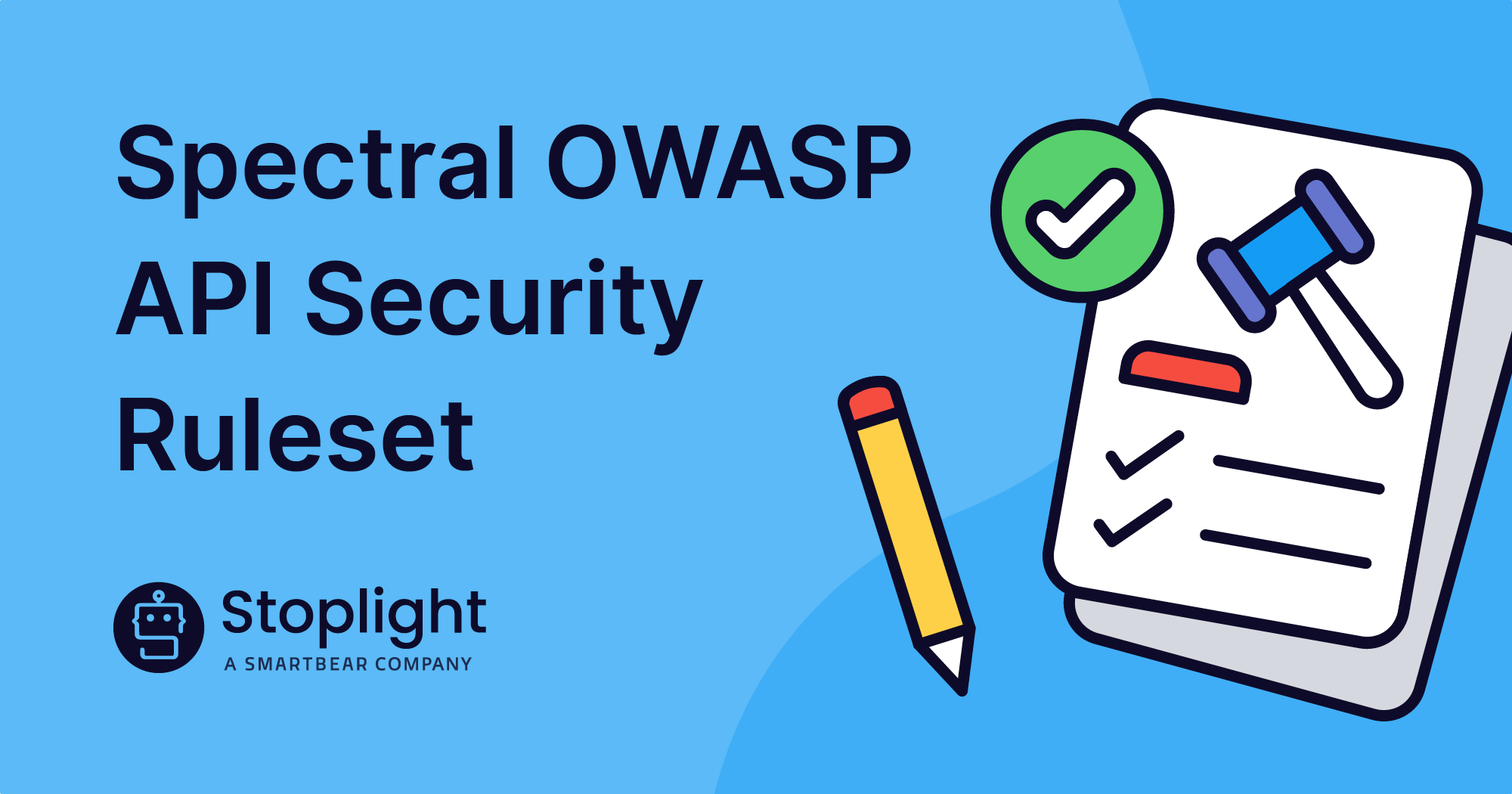How do you want your API to be experienced and remembered? If empathy and trust are important to your API program, check out our work at Stoplight.
{{cta(‘9f999c39-4bb3-45ba-8591-6f2b2059215d’,’justifycenter’)}}
APIs are often misunderstood to be a means of improving a company’s bottom line. On the contrary, APIs should be treated and managed as a top-line, revenue-generating product. When companies use a well-governed, stable approach to developing them, APIs become a scaffolding that makes growth and opportunity more accessible than ever before.
But how do you quantify the business value of APIs? There are a couple of ways we can initially approach this question.
Is the API Effective?
A good API is one you can trust. Simply put, does the API do what it’s supposed to do reliably and predictably? At the highest level, this means that there is alignment between the business use case and the API’s outputs. If the API was developed to improve user experience for a video streaming service, for example, it would be deemed effective if it was quickly adopted by customers and successfully generated additional revenue.
While it’s great when APIs work for discrete use cases, this is a relatively low bar to set given the transformational potential that APIs can deliver.
Does It Have the Potential to Go Beyond the Original Use Case?
Effective APIs are built for the known use cases, but transformational APIs are often built for unknown use cases. Transformational APIs are the product of a good idea and an “if you build it, they will come” mindset. The developers are essentially trusting that end-users will find new and unexpected utilities and use cases that were never imagined when the API was first developed. These are the APIs that change our lives.
For example, the Google Maps Platformis a truly transformational product. It was launched as a single API and eventually changed the way people all over the world drive. What started as a simple map application has evolved into a global platform that empowers a billion monthly users to develop map-based APIs covering hundreds of use cases including financial services, asset tracking, retail, and more.
The platform has scaled to this degree because it didn’t only focus on limited, known use cases.
While Google Maps has enjoyed a level of success that may not be repeated, it serves as a great example for how to approach API development — by trusting that end-users will take a good idea and run with it.
That level of assumed trust is critical to developing transformational APIs, but it isn’t enough to just trust the end-users to be smart and creative. You have to put them in a position to succeed, and that’s where empathy comes in.
Empathy Is at the Core of Transformational APIs
The potential for connectivity between developers, technology, and end-users may be the ultimate litmus test for the transformational potential of an API. Empathy isn’t a word that most people would necessarily associate with software development, but it is nonetheless an essential component of transitional APIs.
Why?
Because APIs are built and used by people who tend to view products through one of two lenses: trust or betrayal. If you build a buggy, unreliable API that leads to poor developer and/or end-user experiences, people will ultimately feel annoyed, dissatisfied, and betrayed by the API. Worse, still, they may project that negative experience onto the brand or company for which the API was built. This is a terrible business outcome.
It really boils down to being considerate of the people who will either benefit or suffer based on how well the API is developed. If you take care of those people, your API has a much greater chance of success.
APIs Are the Building Blocks of Strong Customer Relationships
One of the tricky things about APIs is that any inconsistencies, disconnects, and vulnerabilities — as well as their effect on the people in the development process — are often carried over, all the way to the eventual user experience. Likewise, good APIs, developed with strong governance and tight coordination and created by a content, collaborative development team, will also carry those attributes all the way to the end-user.
How do you want your API to be experienced and remembered? If empathy and trust are important to your API program, please check out our work at Stoplight, leave a comment below, or contact me through LinkedIn. I would love to hear about your company’s API projects.
I’m the CEO of Stoplight, a software company focused on API design and development with a design-first approach. In the coming months, I’ll be blogging about APIs and how we help our customers realize outstanding business outcomes. I hope you’ll join the conversation.


